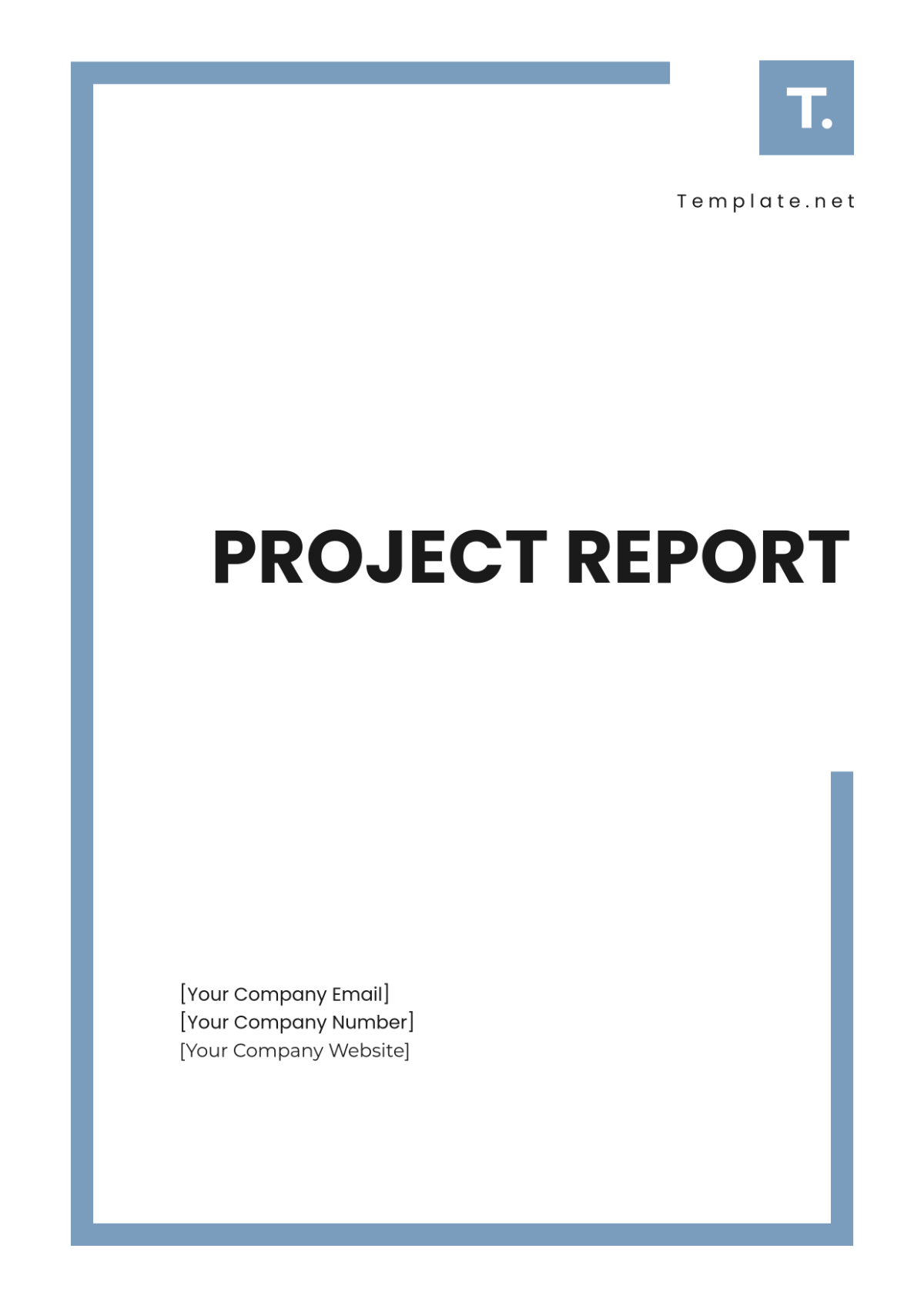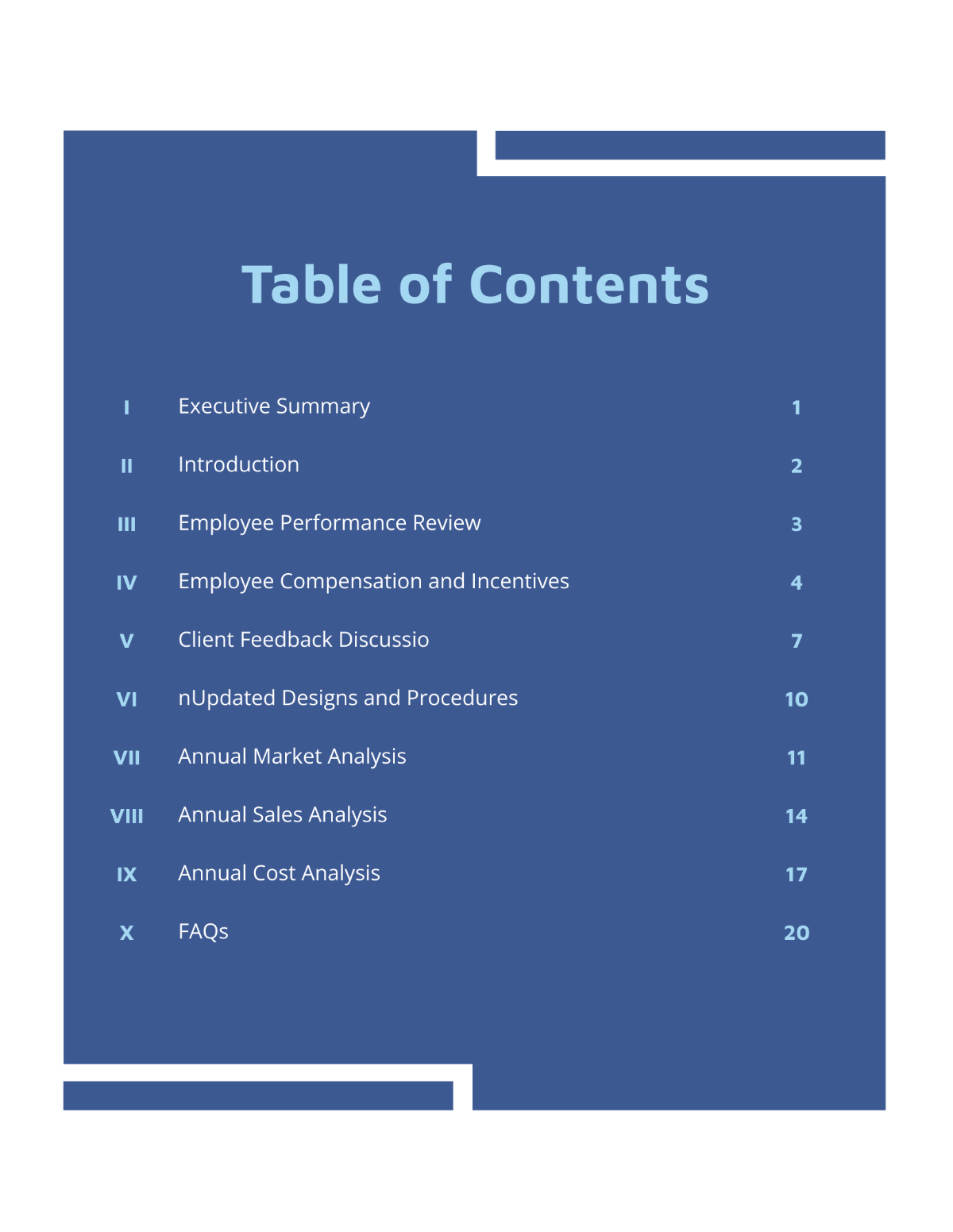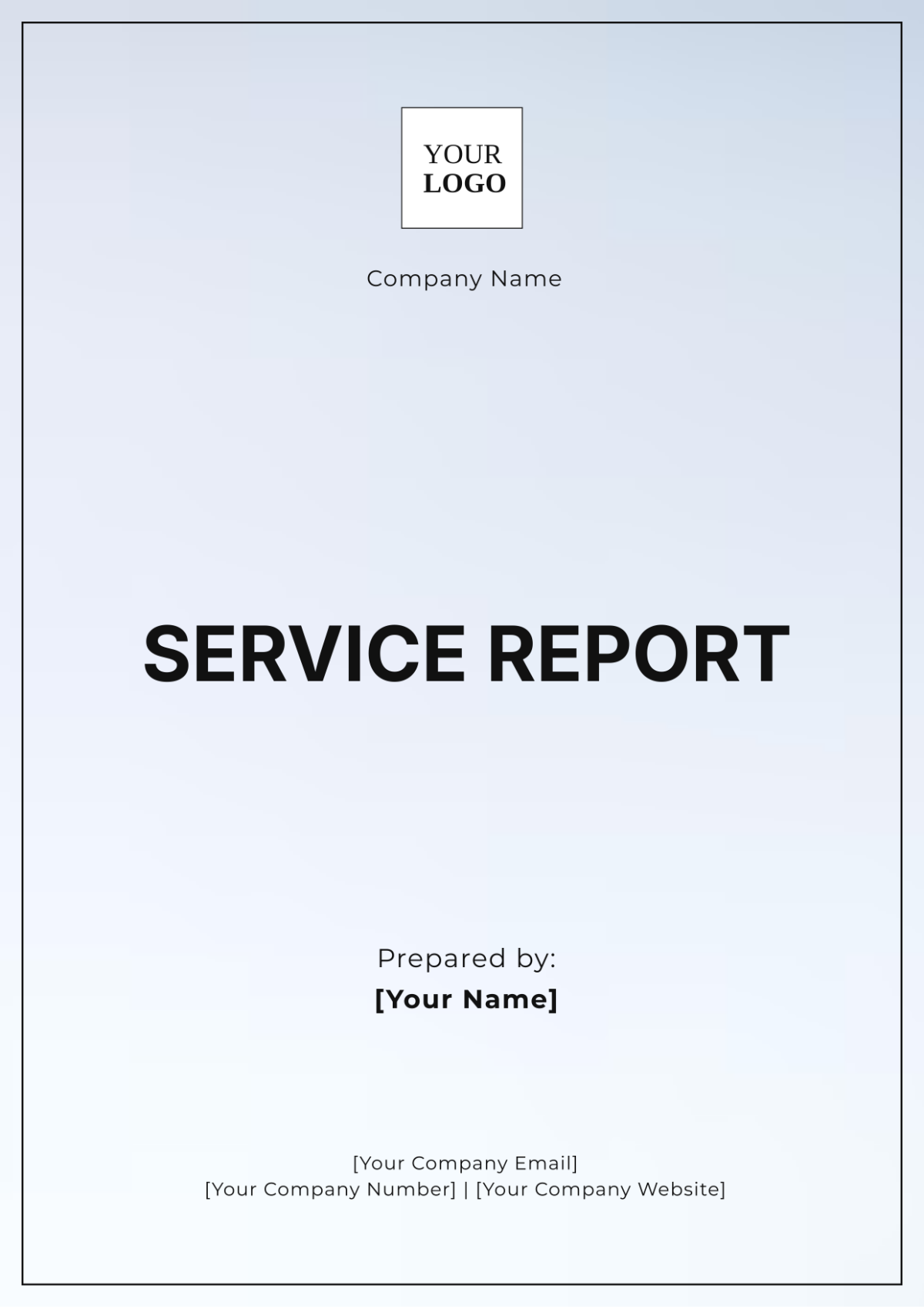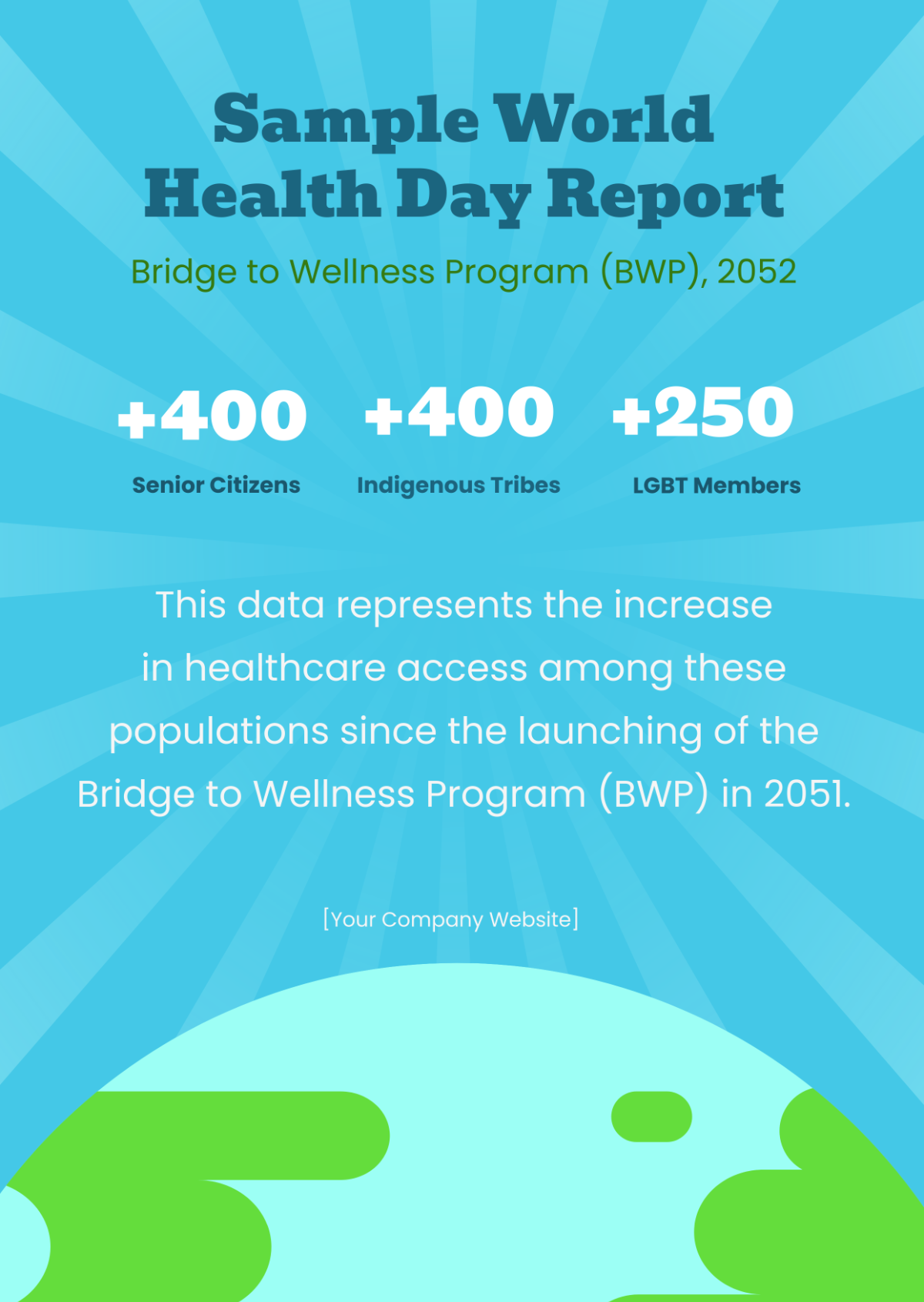Mining Production Report
I. Executive Summary
The [2055] production report for [Your Company Name] highlights the performance, efficiency, and challenges encountered in mining operations. This document provides insights into the annual production trends, operational outcomes, and their alignment with company goals. By analyzing data, evaluating metrics, and reviewing key performance areas, this report aims to establish a foundation for strategic improvements in the coming years.
II. Annual Production Summary
The Annual Production Summary outlines the total material extracted and processed throughout [2055]. It provides an overview of production capacity utilization and performance trends.
Production Volumes: Total output in [2055] exceeded [2,500,000] metric tons, showing a [10%] increase over [2054]. This growth was driven by enhanced operational efficiency.
Key Resources: Primary resources extracted included coal, iron ore, and rare earth minerals. Each resource played a critical role in fulfilling market demand.
Operational Zones: Zones A and B contributed [70%] of total production due to optimized workflows. Zone C faced challenges due to equipment downtime.
Production Efficiency: Improved machinery and reduced idle times increased overall productivity. Advanced technologies contributed significantly to these improvements.
Revenue Impact: Higher production levels positively influenced revenue streams, with a [12%] increase in sales compared to [2054].
III. Resource Utilization
This section evaluates the effective use of resources, including manpower, equipment, and energy. Optimizing resource allocation is critical to maximizing output while minimizing waste.
Resource utilization improved across all categories in [2055], with notable gains in equipment and manpower efficiency. Investments in employee training and preventive maintenance programs were key contributors to this success. These efforts underline the importance of sustained focus on resource management.
IV. Safety and Compliance
Safety remains a cornerstone of mining operations at [Your Company Name]. This section evaluates safety protocols, incident rates, and adherence to environmental standards.
Incident Reduction: Reported incidents decreased in [2055] due to stringent safety protocols. Regular audits ensured adherence to safety standards.
Employee Training: Over [1,000] employees participated in safety training sessions. Enhanced awareness reduced workplace hazards.
Equipment Safety Checks: Routine equipment inspections identified potential risks early. This proactive approach minimized accidents.
Environmental Compliance: Operations adhered to emissions and waste disposal regulations. Compliance reinforced the company’s commitment to sustainability.
Community Engagement: Partnering with local communities fostered better understanding and mitigation of environmental impacts. Collaborative efforts improved relations and accountability.
V. Financial Performance
This section highlights financial performance metrics, including revenue, operational costs, and profitability. Revenue growth in [2055] outpaced the increase in operational costs, leading to a significant improvement in net profit. This trend highlights the effectiveness of cost management strategies and the impact of higher production volumes on profitability.
Metric | 2054 | 2055 |
|---|---|---|
Revenue | $10,00,000,000 | $10,200,000 |
Operational Costs | $700,000,000 | $750,000,000 |
Net Profit | $375,000,000 | $450,000,000 |
VI. Equipment Performance
Equipment performance plays a crucial role in sustaining production levels. This section reviews machinery uptime, maintenance schedules, and efficiency metrics.
Uptime improvements in all equipment categories reflect the success of preventive maintenance initiatives. Higher equipment reliability contributed directly to increased production efficiency and reduced downtime costs.
VII. Sustainability Initiatives
Sustainability is integral to [Your Company Name]’s operations. This section outlines initiatives aimed at minimizing environmental impact while maintaining productivity.
Energy Transition: Implementation of renewable energy sources reduced carbon emissions by [10%]. Solar and wind energy contributed significantly to operations.
Recycling Programs: Recycled over [1,000,000] tons of byproducts, reducing waste and generating additional revenue. Recycling efforts showcased environmental stewardship.
Water Management: Advanced water recycling systems reduced consumption by 15%. This conserved resources while maintaining production needs.
Biodiversity Efforts: Collaborated with environmental experts to restore mining sites. Reforestation projects improved local ecosystems.
Community Awareness: Conducted workshops to educate communities about sustainable mining practices. Transparency and engagement strengthened public trust.
VIII. Challenges and Resolutions
Despite a successful year, [Your Company Name] faced several challenges in [2055]. This section reviews these challenges and the strategies used to overcome them.
Equipment Downtime: Downtime in Zone C reduced production by [5%]. Swift repair and additional backups mitigated the impact.
Rising Costs: Increased fuel and raw material prices strained operational budgets. Efficiency improvements offset a portion of these costs.
Regulatory Hurdles: New compliance standards required additional investments in training and equipment upgrades. Proactive measures ensured timely compliance.
Labor Shortages: High turnover rates affected manpower availability. Enhanced recruitment and retention programs addressed this issue.
Market Volatility: Fluctuating commodity prices impacted revenue projections. Diversifying resource portfolios stabilized financial outcomes.
IX. Next Steps
The next phase of [Your Company Name]’s strategy involves building on the successes of [2055] while addressing identified gaps.
Technology Investments: Invest in AI and IoT solutions to further optimize mining operations. Technological upgrades will improve efficiency and accuracy.
Expansion Plans: Explore opportunities for expanding into new resource zones. Strategic expansion supports long-term growth.
Employee Development: Focus on upskilling the workforce through advanced training programs. A skilled workforce is critical to operational success.
Sustainability Goals: Set ambitious sustainability targets for the coming years. Enhanced focus on environmental efforts will align with global standards.
Stakeholder Engagement: Maintain transparent communication with stakeholders to foster trust and collaboration. Clear objectives ensure shared success.
This comprehensive report underscores [Your Company Name]’s achievements, challenges, and commitment to excellence in mining operations. By leveraging insights from [2055], the company is well-positioned for sustained growth and innovation in [2056].

















































